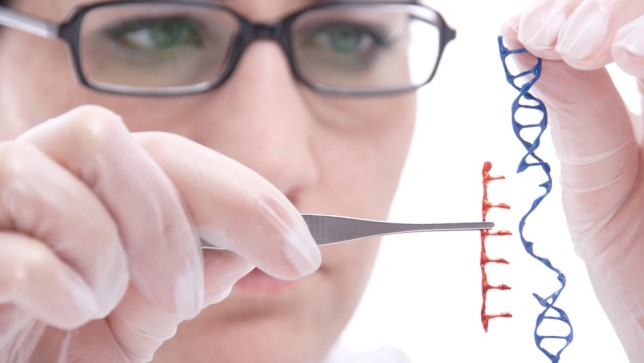When is a genetically modified organism (GMO) not a GMO? This is the question that the ECJ will soon rule on after a complaint from a coalition of French agriculture groups reached the EU’s highest court, writes Mute Schimpf.

Source: https://www.euractiv.com/
The European Court of Justice (ECJ) is expected to rule in the coming weeks whether new genetic modification (GM) techniques to make foods and farm crops – so-called ‘GM 2.0’ – are fully covered by existing safety laws.
Immediately after the ruling, the European Commission must quickly get its act together and ensure crops produced from new GM techniques are safety-checked and labelled, otherwise it will face public backlash and regulatory problems.
If the court’s ruling follows its Advocate General’s opinion as expected, it is likely to suggest that most food and crops derived from GM 2.0 techniques would be classified as GMOs.
However, this doesn’t automatically mean that they will be subject to the same safety checks that cover first-wave GMOs.
This all depends on how the European Commission and national governments act after the ruling, where a lack of clear communication could lead to unregulated GM crops in EU fields and on our plates, and spell a regulatory disaster for politicians and control bodies.
GM 2.0
The new GM techniques – such as CRISPR – modify genetic material in plant or animal cells in a way that does not occur naturally with conventional plant breeding, and should, therefore, fall under the GMO definition of the relevant EU law. These modifications of the genome can result in the same unintended changes in cells as the first generation of GM techniques.
Another similarity between these new techniques and the first wave of GMOs is who stands to profit – and who is lobbying hard to push them onto our fields. The six largest biotech companies own more than 70% of GM 2.0 patents and licenses, and their motivation is very clear: they see public regulation and oversight of their new technologies as a burden to their market introduction. DowDuPont, Monsanto, Bayer and Syngenta would much prefer little or no regulation, and less transparency to avoid the public opposition and market failure the first generation of GM foods was met with.
The ECJ decision is likely to suggest that foods and crops produced using these new GM techniques fall under the same category as existing GMOs. But this is very different from saying they will be regulated as such.
Regulatory chaos for the food sector
After the ruling comes out, the European Commission and national regulators will be faced with two options. Either they can come out and publicly assure citizens, producers and markets that GM 2.0 will be regulated through existing GMO law, or they can keep quiet – and in doing so, silently open up our fields and plates to a new wave of untraceable, unlabelled GMOs.
The latter option would create uncertainty, and regulatory confusion in the food and farming sector, as well as for national food safety authorities.
It would take away core freedoms and legal obligations enshrined in EU food law. The food sector in the EU has kept its supply chain GMO-free for over a decade. Without labelling and traceability, this would be undone in the blink of an eye, and food businesses that have invested heavily in ensuring public choice on GM foods would end up in the firing line.
Moreover, the genie would firmly resist being put back into the bottle. Withdrawing GM products isn’t as simple as withdrawing a line of cars. Cross-contamination means that once GM 2.0 are used and disseminated without labelling in the breeding sector, farmers would lose their right to take an informed decision on what crops they want to grow, and the food sector would struggle to offer conventional food to consumers.
Food retailers and producers need to ensure there is public confidence in their supply lines. Consumers need rules that allow them to have the right to decide which foods they buy and whether they contain GM ingredients. Both would be imperiled if decision-makers remain silent and allow GM 2.0 crops into our fields and onto our plates.
What next?
The only time to act is now. To avoid this regulatory – and political – nightmare, decision-makers are left with a simple call to make. Our GM laws may not be perfect, but they are the sensible choice.
These laws regulate GM products that are released into the environment or into the food and animal feed chain. Food manufacturers and retailers, food safety enforcement authorities and even the biotech industry itself are familiar with them and ensure they are kept to. They ensure some level of safety assessment and provide transparency and freedom of choice for consumers, breeders, farmers and food processors.
In case of unexpected adverse impacts, it allows these products to be withdrawn, or for safety checks to be updated.
However, with the biotech industry ratcheting up its investments and public relations in GM 2.0, it is essential that those responsible ensure that the regulatory processes are in place and being used to protect public and environmental safety.
It was scientific uncertainty, the prospect of environmental damage and massive public opposition that led to the EU’s then ground-breaking GMO legislation. It’s time it was used to govern any introduction of GM 2.0.














